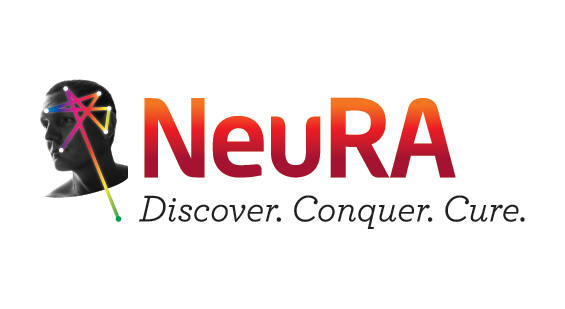Use the Back button in your browser to see the other results of your search or to select another record.
Detailed Search Results
| Motor imagery priming improves activity and impairment outcomes in people after stroke but the effects of other types of priming are unclear: a systematic review [with consumer summary] |
| Dorsch S, Nicholson V, Roman E, Fanayan E, Chagpar S |
| Journal of Physiotherapy 2024 Oct;70(4):275-287 |
| systematic review |
|
QUESTION: In stroke rehabilitation, what is the effect of adding non-stimulation-based priming prior to task-specific practice on activity and motor impairment outcomes compared with task-specific practice alone? DESIGN: Systematic review with meta-analysis. PARTICIPANTS: Adult stroke survivors. INTERVENTION: The experimental groups completed a non-stimulation priming intervention prior to task-specific practice. The priming interventions were: motor imagery; action observation; combined motor imagery and action observation; mirror therapy; movement-based priming; and aerobic exercise-based priming. The control groups completed task-specific practice alone. OUTCOME MEASURES: Upper and lower limb activity and motor impairment. RESULTS: Twenty-four trials involving 803 participants were included in this systematic review. Twenty trials were included in the meta-analyses of activity outcomes and 11 trials in the meta-analyses of impairment outcomes. Four trials examined the effect of motor imagery priming prior to task-specific practice on activity outcomes (SMD 0.48, 95% CI 0.13 to 0.82). Three trials examined the effect of motor imagery priming prior to task-specific practice on motor impairment outcomes (SMD 0.51, 95% CI 0.12 to 0.89). Nine trials examined the effect of action observation priming prior to task-specific practice on activity outcomes (SMD 0.18, 95% CI -0.06 to 0.41). Two trials examined the effect of movement-based priming prior to task-specific practice on activity outcomes (SMD -0.11, 95% CI -0.64 to 0.42). Three trials examined the effect of aerobic exercise priming prior to task-specific practice on activity outcomes (SMD 0.30, 95% CI -0.19 to 0.80). The quality of the evidence was low to moderate. CONCLUSION: In stroke rehabilitation, motor imagery priming implemented prior to task-specific training has a very small to large effect on activity and motor impairment outcomes. Action observation priming implemented prior to task-specific training has a negligible to small effect on activity outcomes. Movement-based and aerobic exercise-based priming do not have any clear effect on outcomes. REGISTRATION: CRD42020093519.
|


